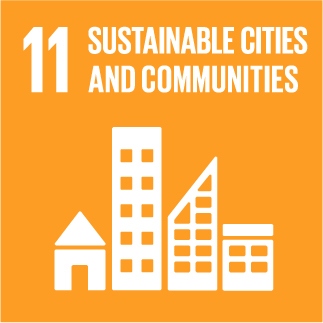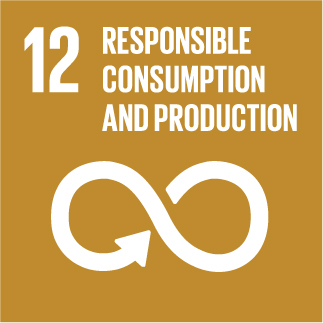URBANREC
Polyethylene composites made from below-ground miscanthus biomass
Miscanthus is a perennial grass which may be interesting for the composite industrial sector. When the cycle of the crop comes to the end, the biomass below ground need to be valorized. One never-studied topic is to evaluate its potential valorization as composites. Below-ground (rhizomes plus roots) biomass of Miscanthus×giganteus cultivated on three different blocks with three different nitrogen fertilization levels were collected, ground, sieved and used as fillers in a polyethylene matrix. Miscanthus rhizome plus roots fragments have a very low axial ratio around two, in contrast with stem fragments which are three to four times more elongated. The mechanical properties of composites filed with rhizome plus roots fragments are much below the ones of the composites filled with stem fragments. The tensile strength is about half the values of stem composites (7.4MPa for rhizomes compared with 13MPa for stems) and there is a very large drop of the Young’s modulus, down to 260MPa compared with 900–1000MPa for stems. Only impact strength has good values (6–7kJ/m2). The very low aspect ratio of the rhizome fragments combined with the fact that there are twice more cellulose in stems than in rhizomes with a non cellulosic polysaccharides-cellulose ratio being twice larger for rhizomes (about 1 for rhizomes and 0.45 for stems) are both acting in the same direction of lowering the mechanical properties of rhizome fragment-based polymer composites. These low mechanical properties are restricting the use of such composites to applications were the low cost is the main factor of choice.

» Author: Lucie Chupin, Stéphanie Arnoult, Maryse Brancourt-Hulmel, Catherine Lapierre, Emilie Gineau, Patrick Navard
» Reference: Industrial Crops and Products, Volume 109
» More Information

This project has received funding from the European Union's Horizon 2020 research and innovation program under grant agreement Nº 690103




URBANREC Guidelines by URBANREC Consortium is licensed under a Creative Commons Reconocimiento-NonComercial-NoDerivatives 4.0 Internacional License.
Puede hallar permisos más allá de los concedidos con esta licencia en www.aimplas.net
